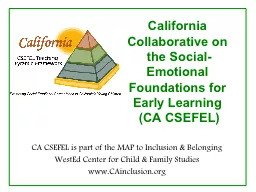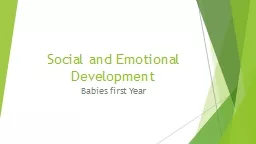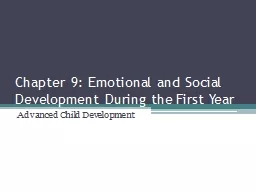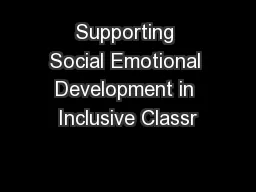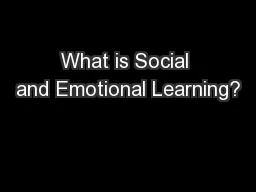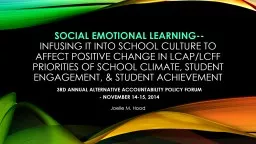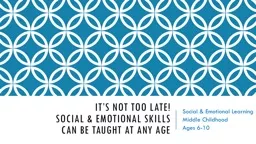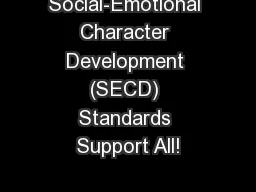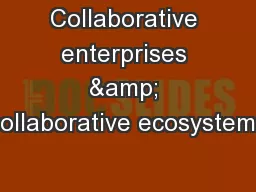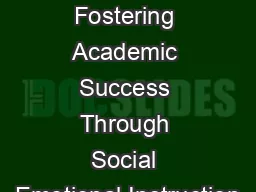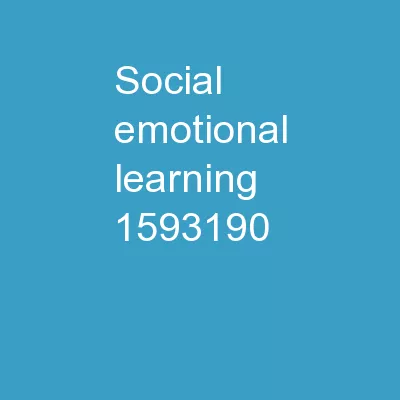PPT-California Collaborative on the Social-Emotional Foundation
Author : stefany-barnette | Published Date : 2017-06-05
CA CSEFEL is part of the MAP to Inclusion amp Belonging WestEd Center for Child amp Family Studies wwwCAinclusionorg National CSEFEL It began at the national level
Presentation Embed Code
Download Presentation
Download Presentation The PPT/PDF document "California Collaborative on the Social-E..." is the property of its rightful owner. Permission is granted to download and print the materials on this website for personal, non-commercial use only, and to display it on your personal computer provided you do not modify the materials and that you retain all copyright notices contained in the materials. By downloading content from our website, you accept the terms of this agreement.
California Collaborative on the Social-Emotional Foundation: Transcript
Download Rules Of Document
"California Collaborative on the Social-Emotional Foundation"The content belongs to its owner. You may download and print it for personal use, without modification, and keep all copyright notices. By downloading, you agree to these terms.
Related Documents

